It is a shame that while people are all too willing to bring us injured, ill or orphaned wildlife, they are nowhere near as willing to donate toward its care. If every person who brought me a critter donated just $25, in most years, that would be enough funding to at least cover expenses for most supplies. In most years, the vast majority of rehabbers I know, myself included, are lucky if one of every 10 people donates anything at all toward the care of the animal they’ve just left with us—which is likely to’ve been attacked by their cat or dog.
But how hard can it be to care for, let’s say a single songbird?
Let’s say said songbird is only days old when it enters rehab. This means that songbird must have a heat source 24/7, as it cannot regulate its own body temperature and will quite literally freeze to death without supplemental heat—even on a hot summer day. This will remain the case for a week or better. Hatchling songbirds require feeding every 15 minutes for 14 hours a day. As they mature, the time between feedings can gradually increase to 30 minutes and eventually to, as they approach release, an hour—for most species; some, like hummers, require feeding every 15-20 minutes right up till release. Others, like Carolina wrens, must be fed every 30 minutes right up till release.
Remember, this is ONE songbird we’re talking about. Now, multiply that by 10, 15, 20, and for some rehabbers in urban areas, 40 or more songbirds at any given time. We have no time to do anything during the day but feed and clean up after the birds in our care. And yet…
And yet, we must field phone calls about other wildlings; explain why we cannot drive 50 miles or more one-way to pick up a bird and why the caller should drive that distance to bring us a bird; somehow find the time to take ill or injured birds that require vet care to the vet…
But wait, we’re not done with our single songbird. As it matures, its diet must be adjusted from the generic songbird formula that works for most species to a diet specific for its particular species. This means we must have on hand multiple food sources beyond the formula fixin’s…which in themselves aren’t cheap, no matter which of the Big Three formulas a rehabber refers.
So…on any given day, a rehabber will be feeding multiple hatchlings and nestlings their formula every 15-30 minutes, while also working to encourage older birds to begin experimenting with their species-specific diet before placing them in the flight pen. Once the birds are in the flight pen, the rehabber will continue to supplemental feed as the bird develops it flight skills and learns to forage for itself.
Depending on the rehabber and his/her situation, once the bird is flying well and fully or mostly self-feeding, it will be released. For those rehabbers who do hard releases, this is the end of care for that particular bird. For those of us who do soft releases, supplemental feedings outside the flight pen can continue for another week to month, depending on the individual bird.
So…now your exhausted, stressed, and stretched-too-thin rehabber is simultaneously caring for teeny babies who need 15-minute feedings, older babies who can go half an hour between feedings, pre-fledglings and fledglings who are beginning to eat some on their own, birds in the flight pen who require less supervision, and released birds who still demand a handout. It’s worse than a three-ring circus, and we’re all paranoid that in the confusion, some bird or birds will end up being forgotten…
Remember, this isn’t just one bird we’re talking about by this point; it’s multiple birds of all ages—and these are the healthy ones, that don’t require anything beyond routine feeding and cleanup. Adding those who are ill or injured and require medication or wound dressing to the mix engenders even more chaos for the rehabber.
This frenetic pace, for 14 hours or more a day (we have to add some time for mixing formulas and handling state and federally required paperwork), continues pretty much unabated from approximately late March through early to mid-September. A low estimate of time invested into ONE songbird that is successfully released is 630 hours. That’s for ONE bird. Most songbird rehabbers see hundreds of birds a year. You do the math…if you dare.
And let’s not forget that none of us are independently wealthy, so after we get all the birds settled in for the night, we have to find time to do whatever paying jobs we hold to pay our own bills. This means that for about 6 months out of the year, we operate in a state of severe sleep-deprivation, fuelled by junk food and caffeine…
WHY do we do this? Why put ourselves through what amounts to torture, month after month, year after year?
“Oh, you just love the animals.” Yeah, we do. What we don’t love is the reality that fully 50% of the wildlife we take in will either require euthanasia due to illness or injury or will die while we try desperately to save it.
“You must enjoy your work so much.” Sometimes. All too often, we question daily whether we can continue to do this—to see such suffering and gore and callous disregard for nature among our fellow humans, most of whom we’d rather not even claim as part of the human race.
“It must be so much fun working with wildlife.” Not really. It’s expensive, it’s exhausting—physically, mentally and emotionally—it can be dangerous, and it can frequently be exasperating dealing with the public. That’s why many of us have reputations for being borderline rude to downright psychotic.
No, the real reason we do what we do is that we hold our native wildlife to be a sacred trust, belonging to all of us. No one “owns” wildlife. It cannot be adopted in the way a cat or dog can. Many of the critters we deal with aren’t cute and cuddly and even give people the heebie-jeebies (think possums and bats, surely two of the most misunderstood and needlessly maligned species). Wildlife rehabbers are not only healers and guardians of wildlife; frequently, we serve as its most vocal advocate. Since no one else will step up to the plate and attempt to at least partially compensate for humanity’s ongoing attempts to eradicate the natural world, we few Quixotic souls take on that mantle. Yes, it can be rewarding and even enjoyable at times; not one of us will deny that.
But more often, we find ourselves lying in bed in the wee hours, having finally crashed from sheer exhaustion but unable to sleep as we relive, play-by-play, the details of every intake we lost. The successes should compensate for the failures/losses. They don’t.
Our patients “reward” us for our tender ministrations with biting, footing, pooping and puking on us; we save those we can and obsess over the ones we can’t. Those we can save, we release back into a hostile and uncertain world and hope they survive. Our days are long; our nights too often equally so.
And at the end of this day, at least, I still need funding for that raptor flight pen. I’m gonna keep tilting at those windmills, folks, so you might as well help fund my insanity.
This gorgeous but extremely small adult male Mississippi kite has a wing fracture that will more than likely preclude release. I’m hoping I can get him to self-feed, so he might have a future as an educational bird, but it’s not looking promising. M. Kites eat on the wing—they catch their prey, primarily insects, in mid-air and eat while flying. It’s an amazing display of aerial prowess, but it also makes it difficult to “convert” an adult kite, used to eating insects in flight, to eating rodents on the ground. So far, it’s not going well with this fellow, and I don’t dare let him go without food until he’s hungry enough to eat rodents on his own, as he was down for quite some time before he was found and he’s rail-thin.
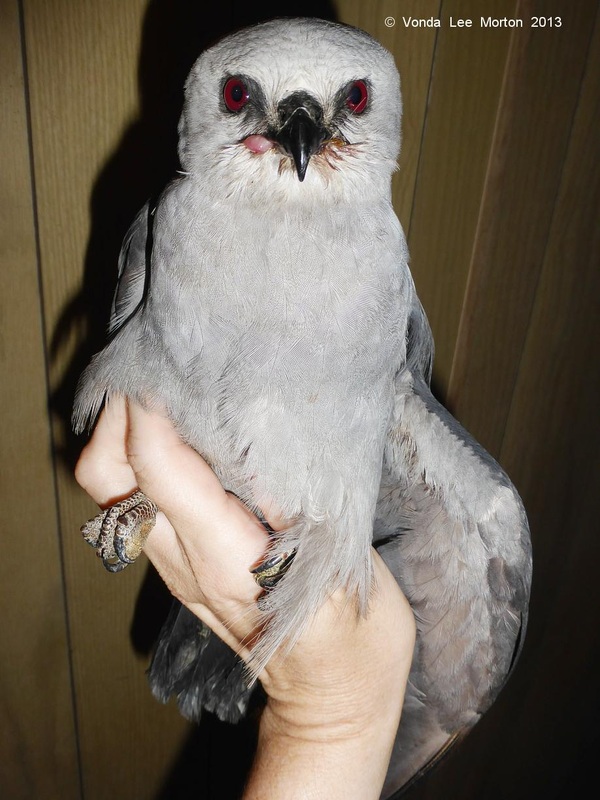
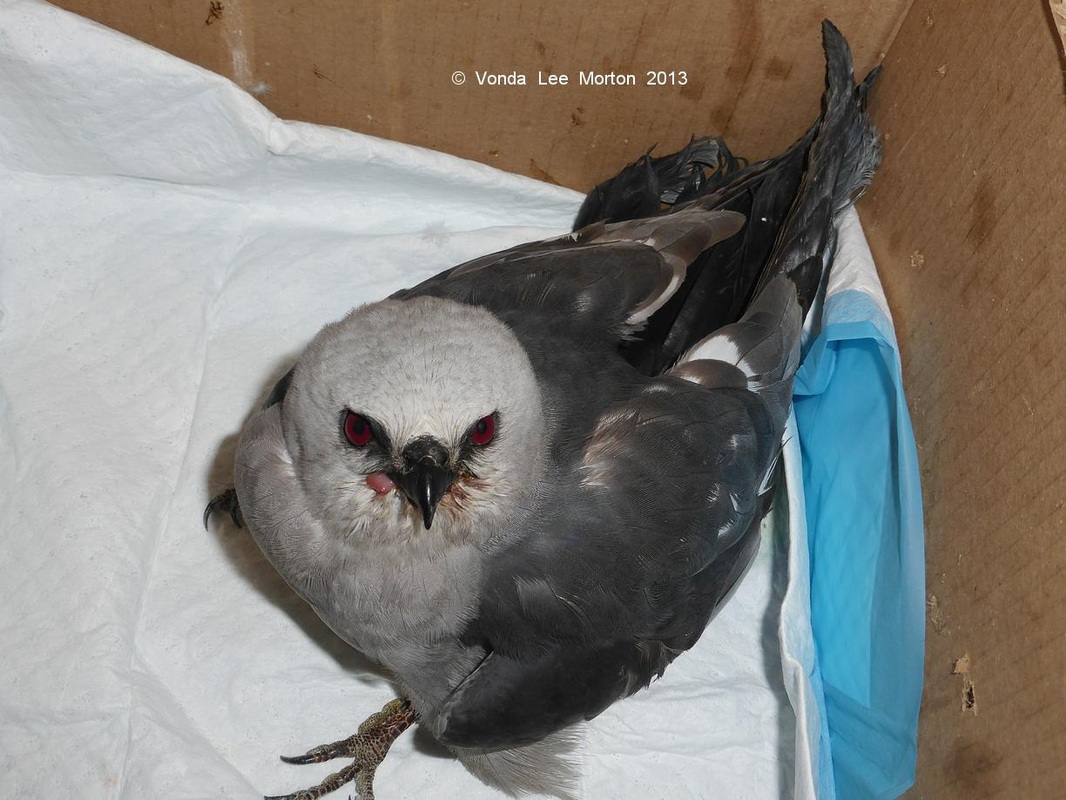
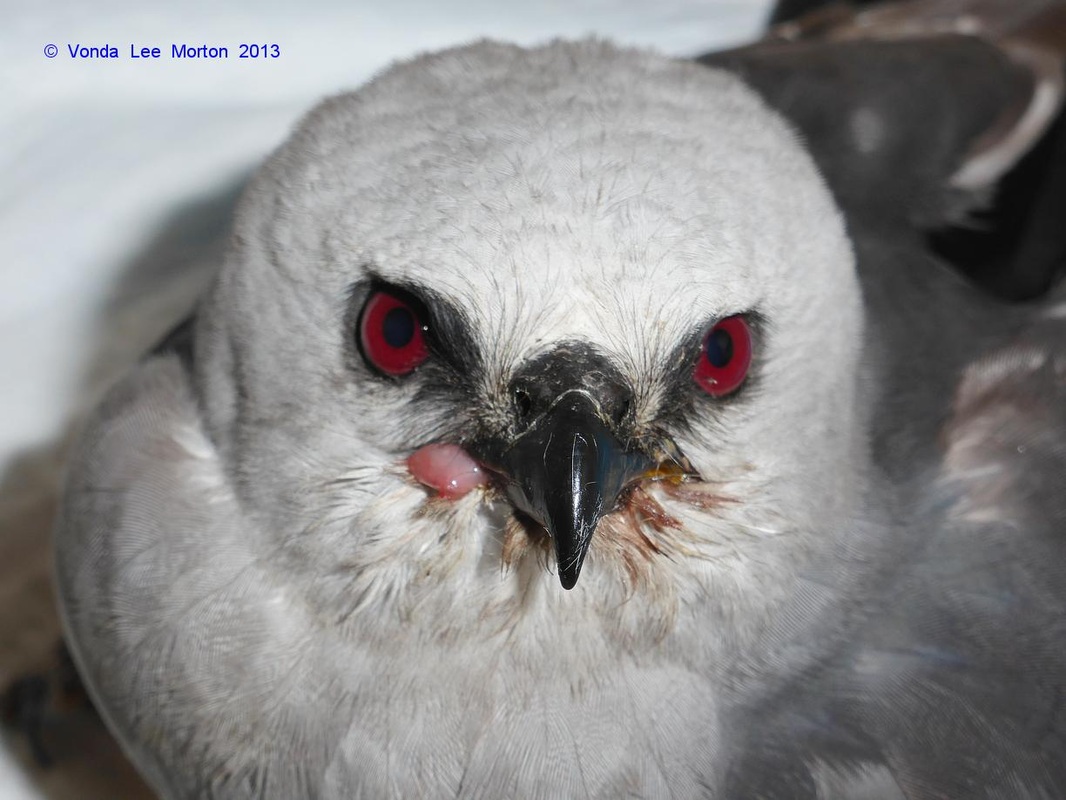
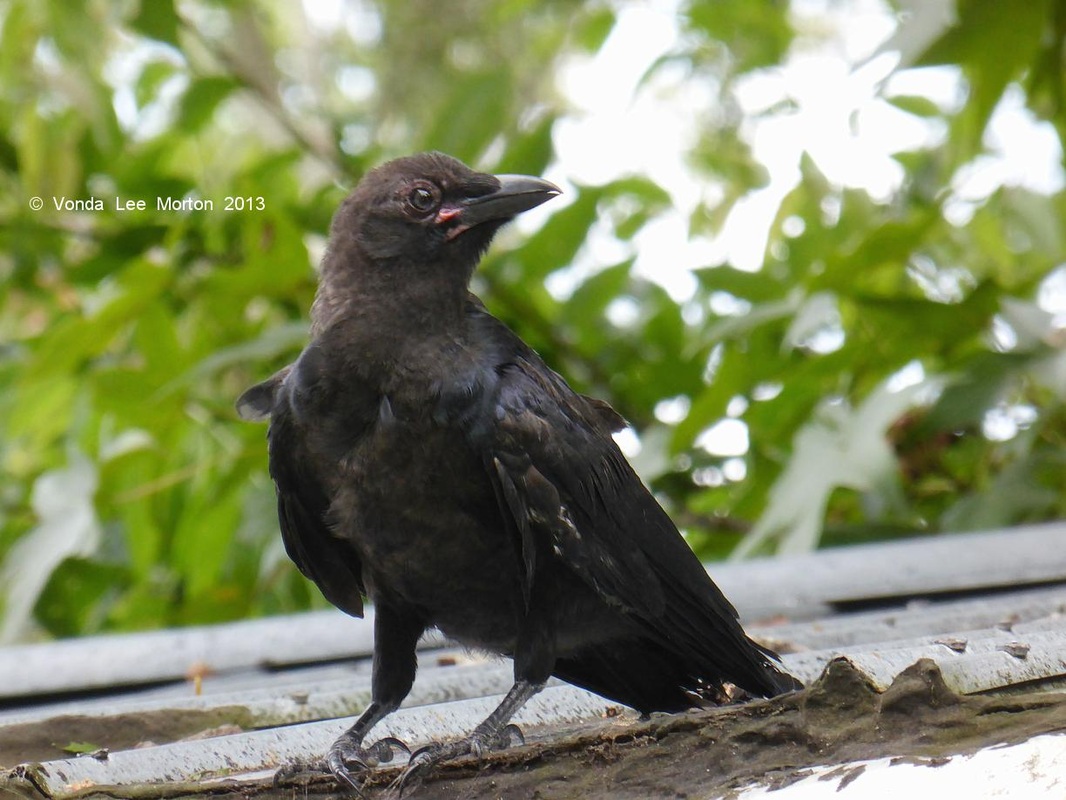
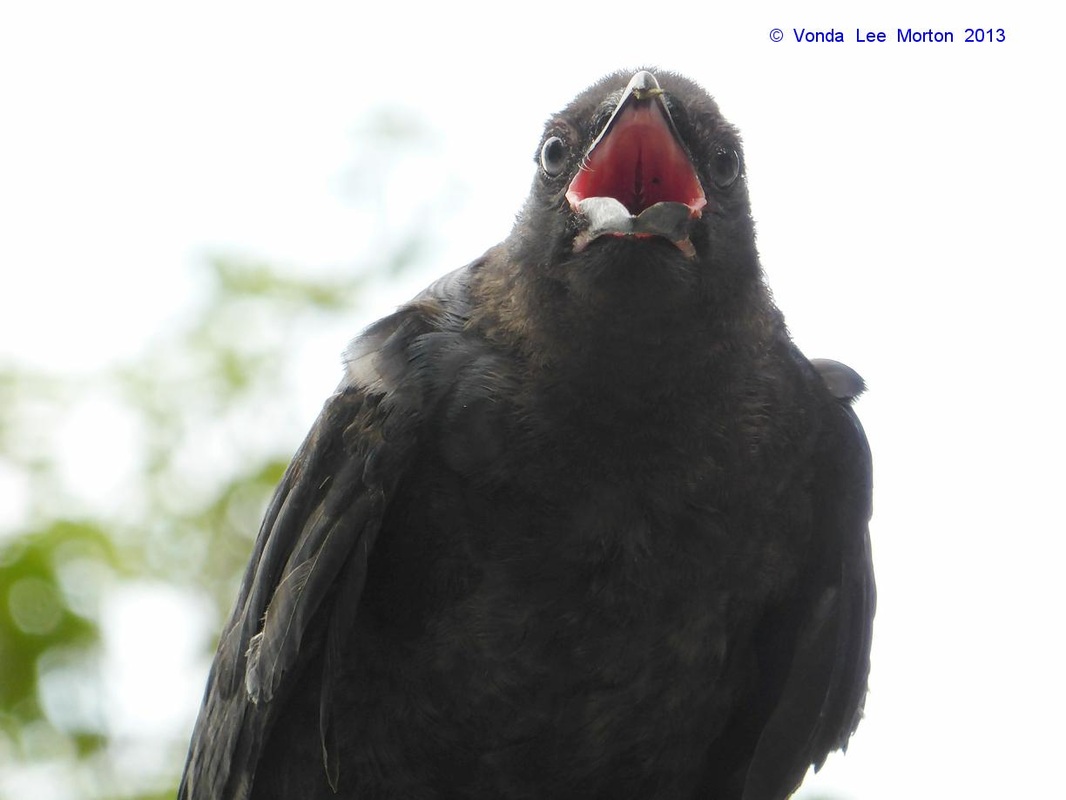
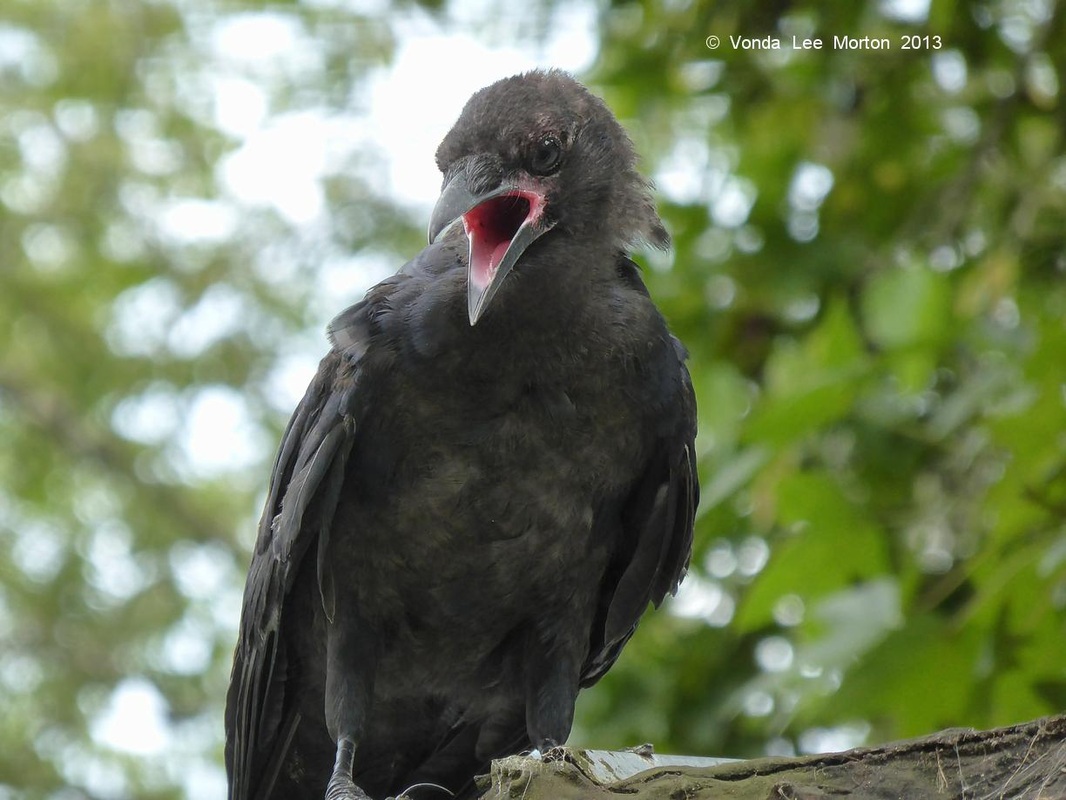
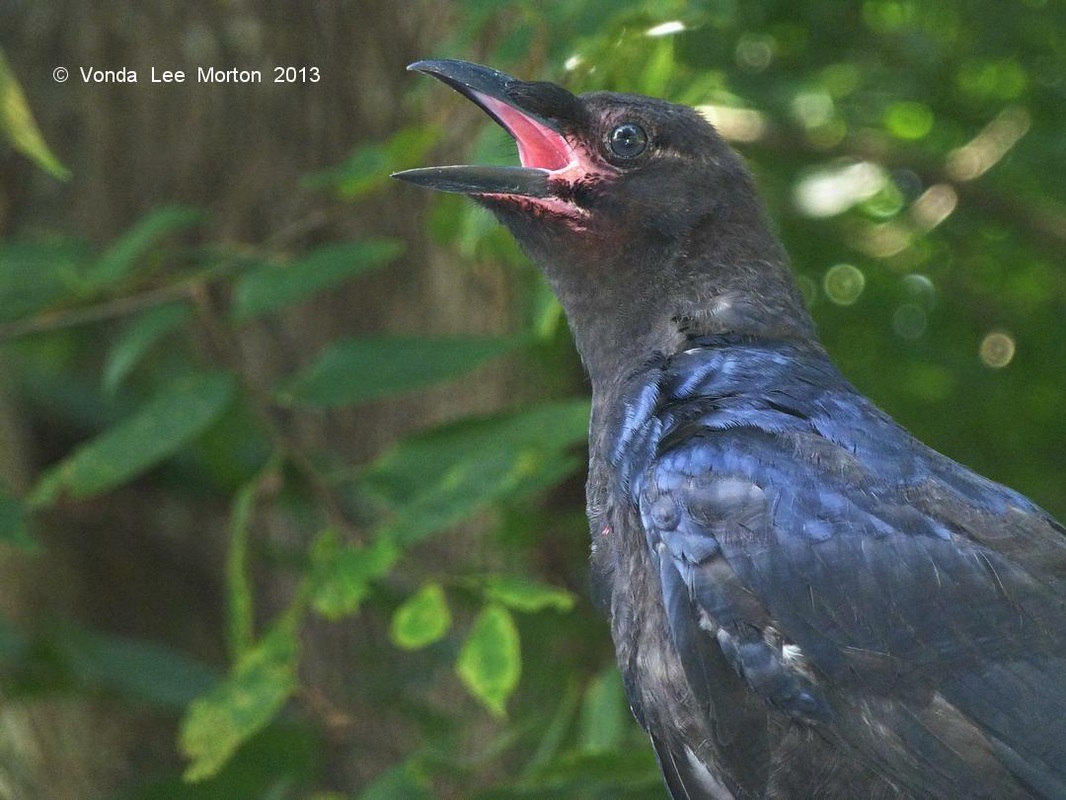
 RSS Feed
RSS Feed
